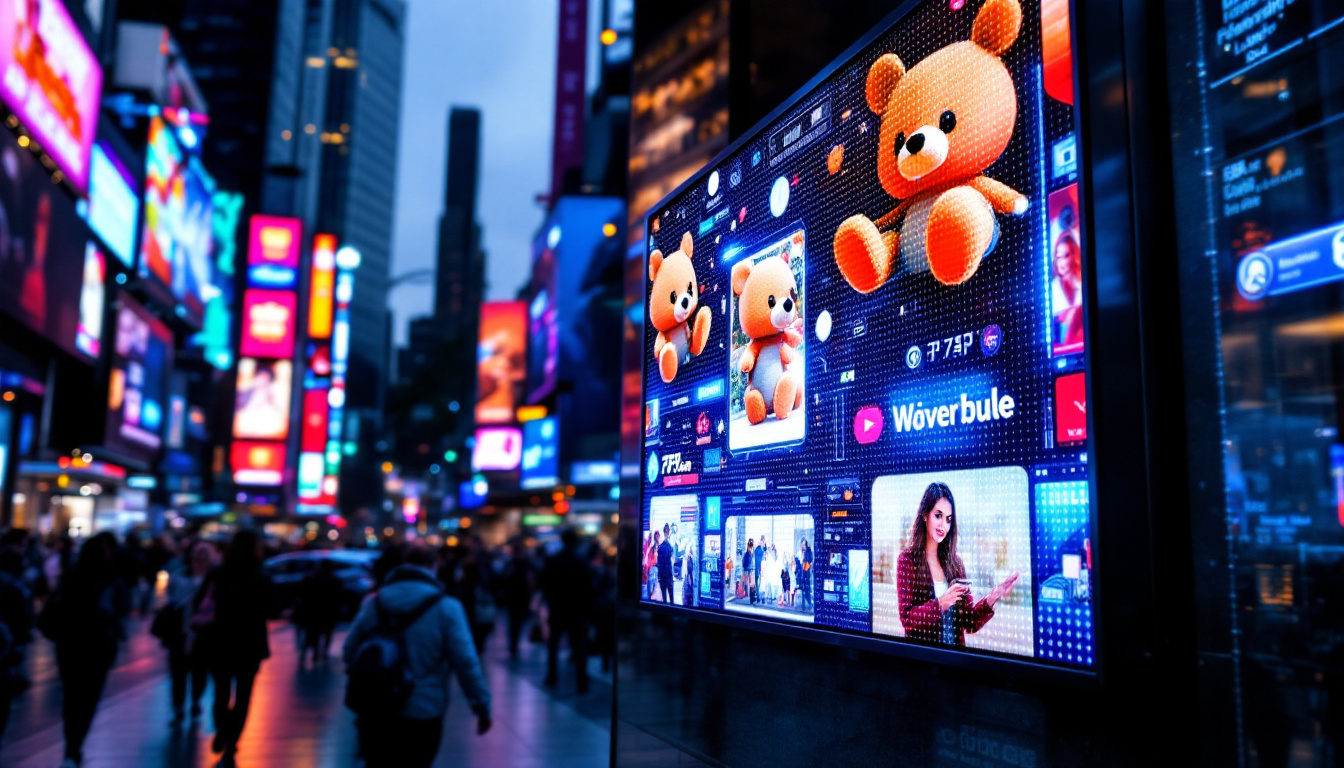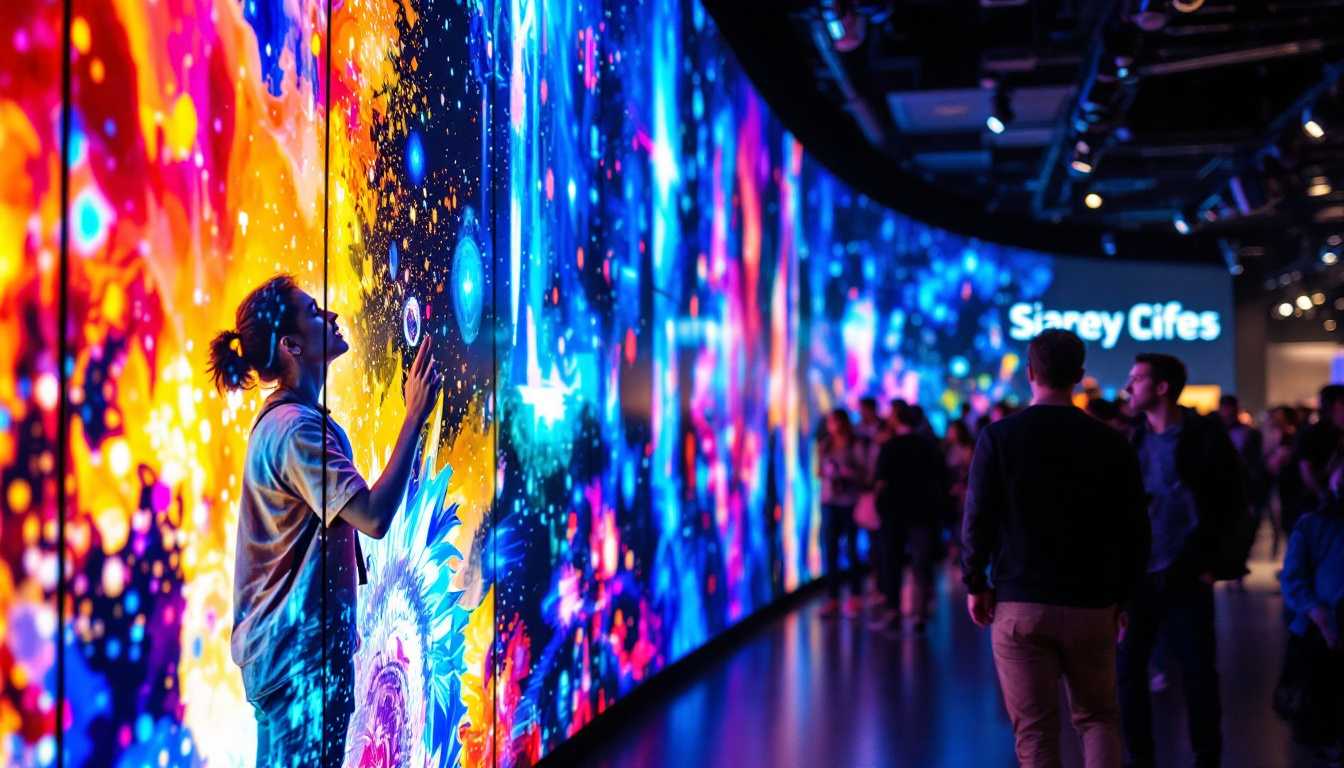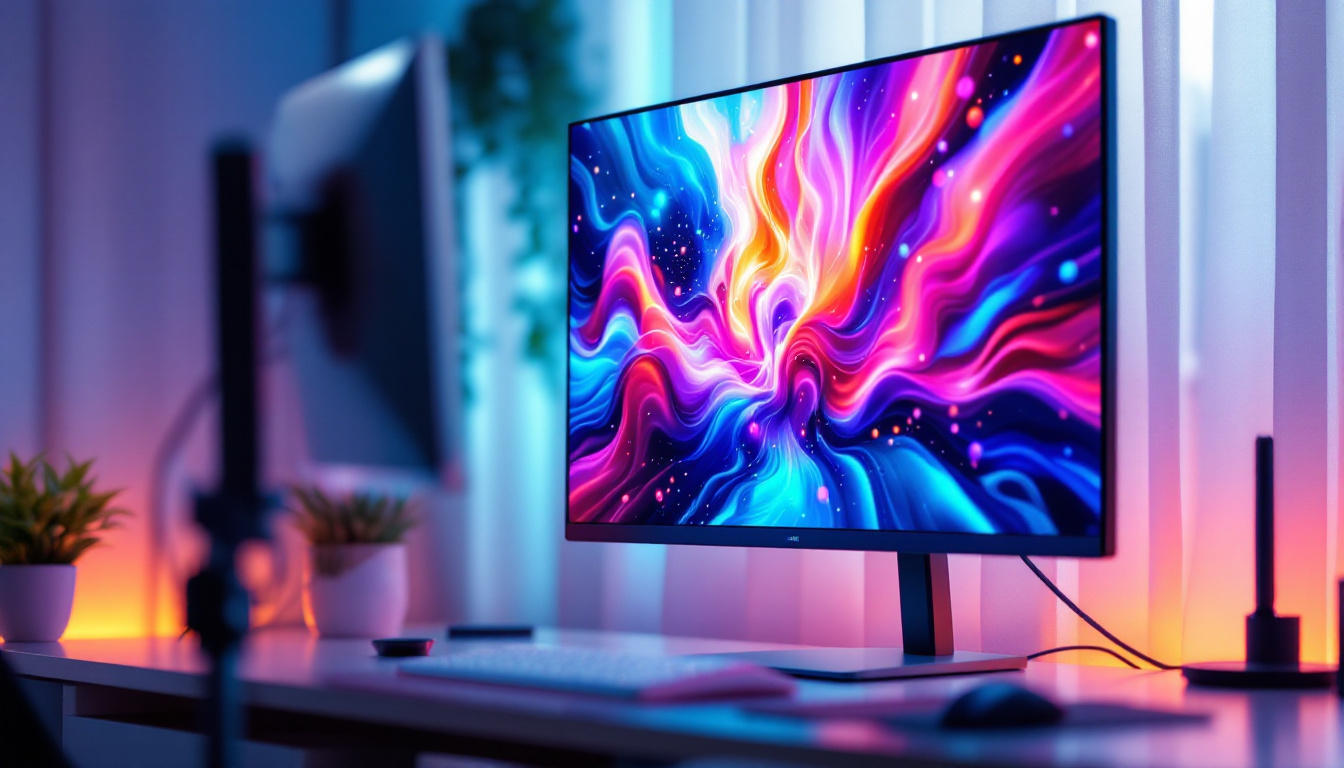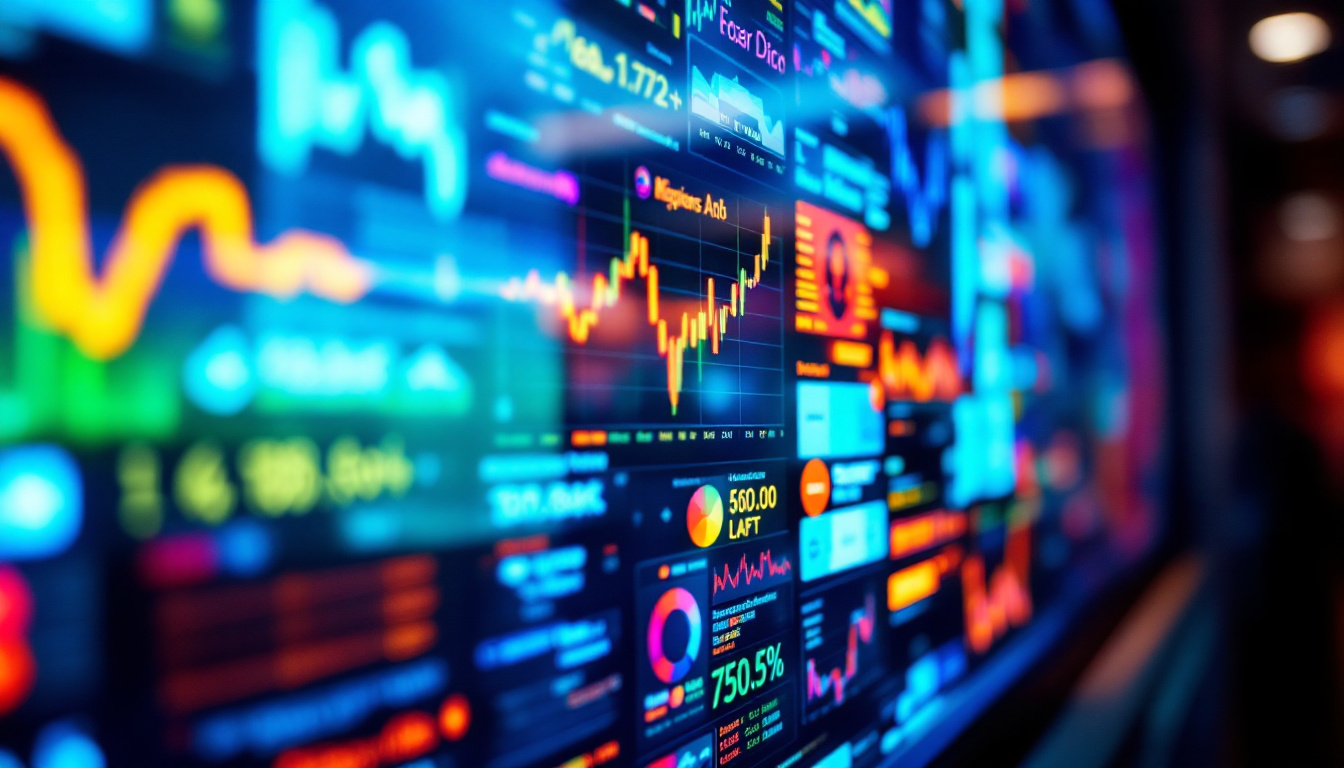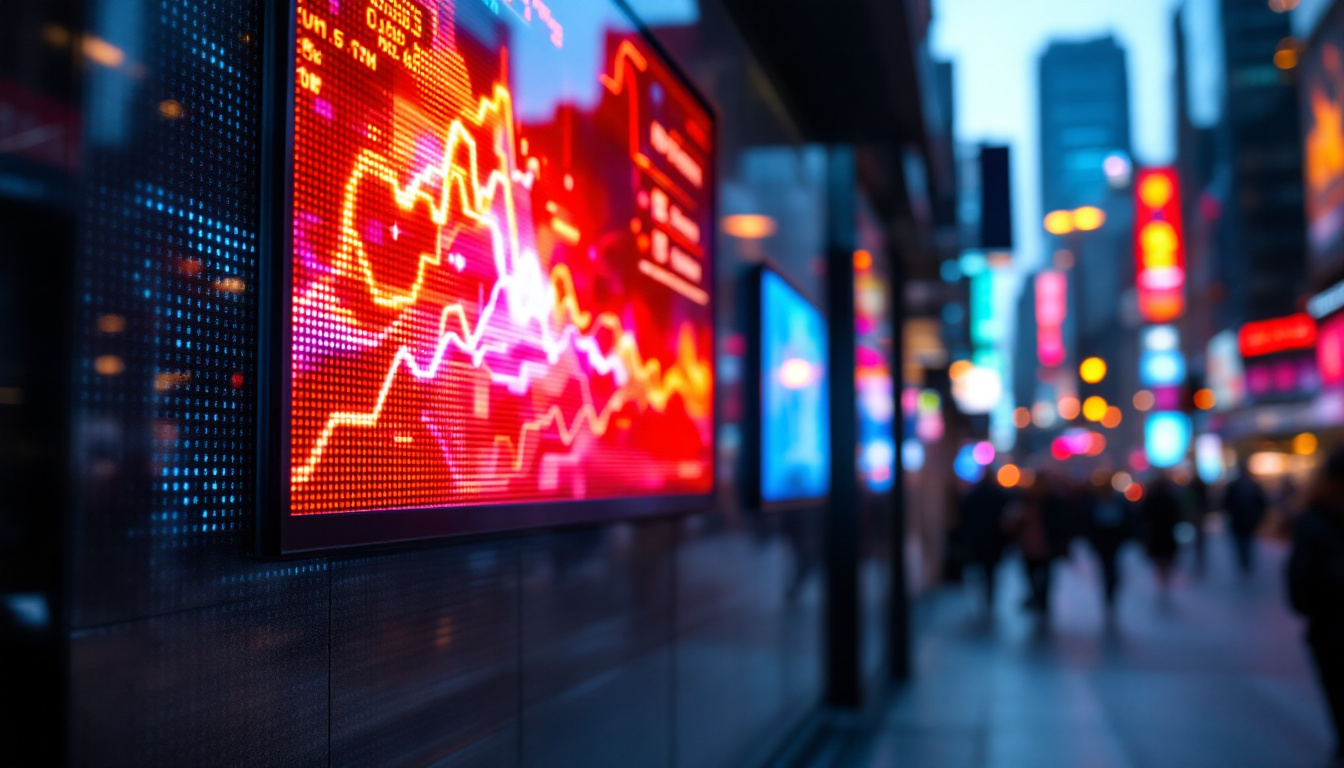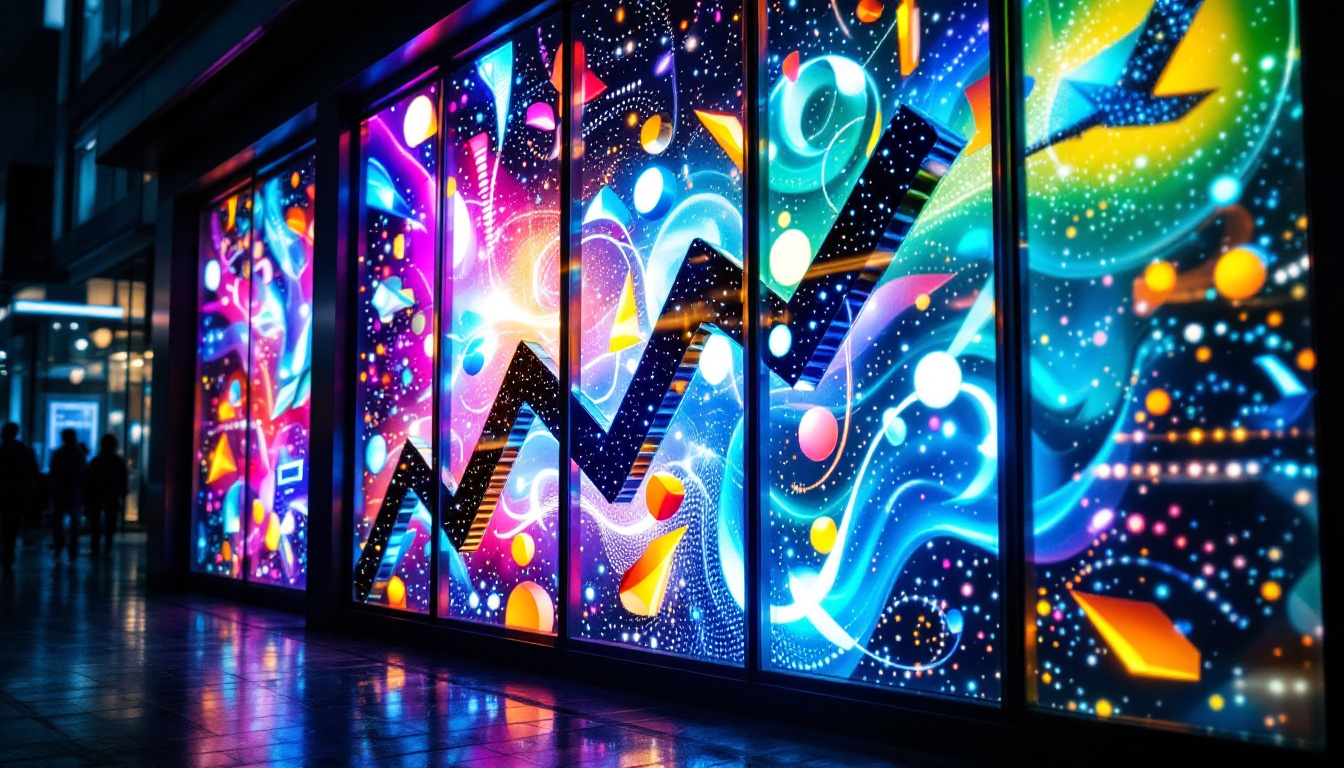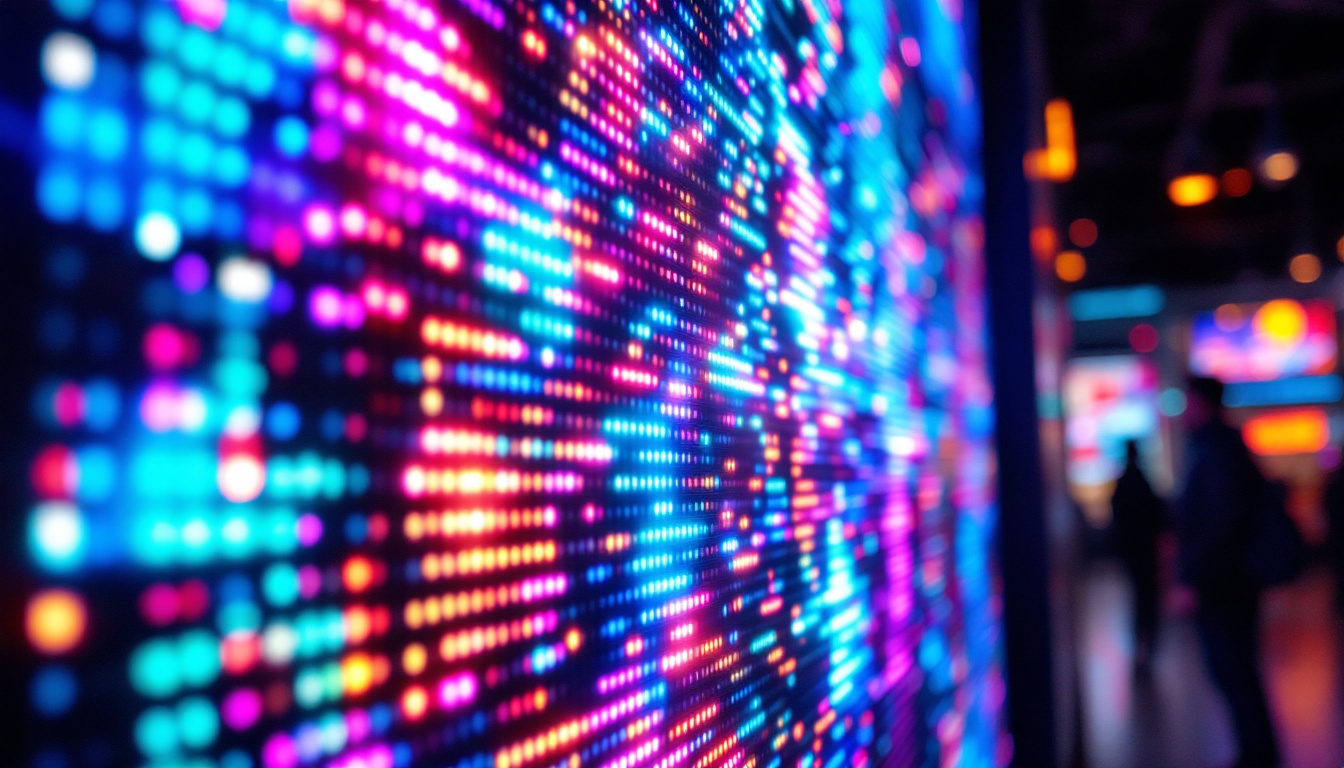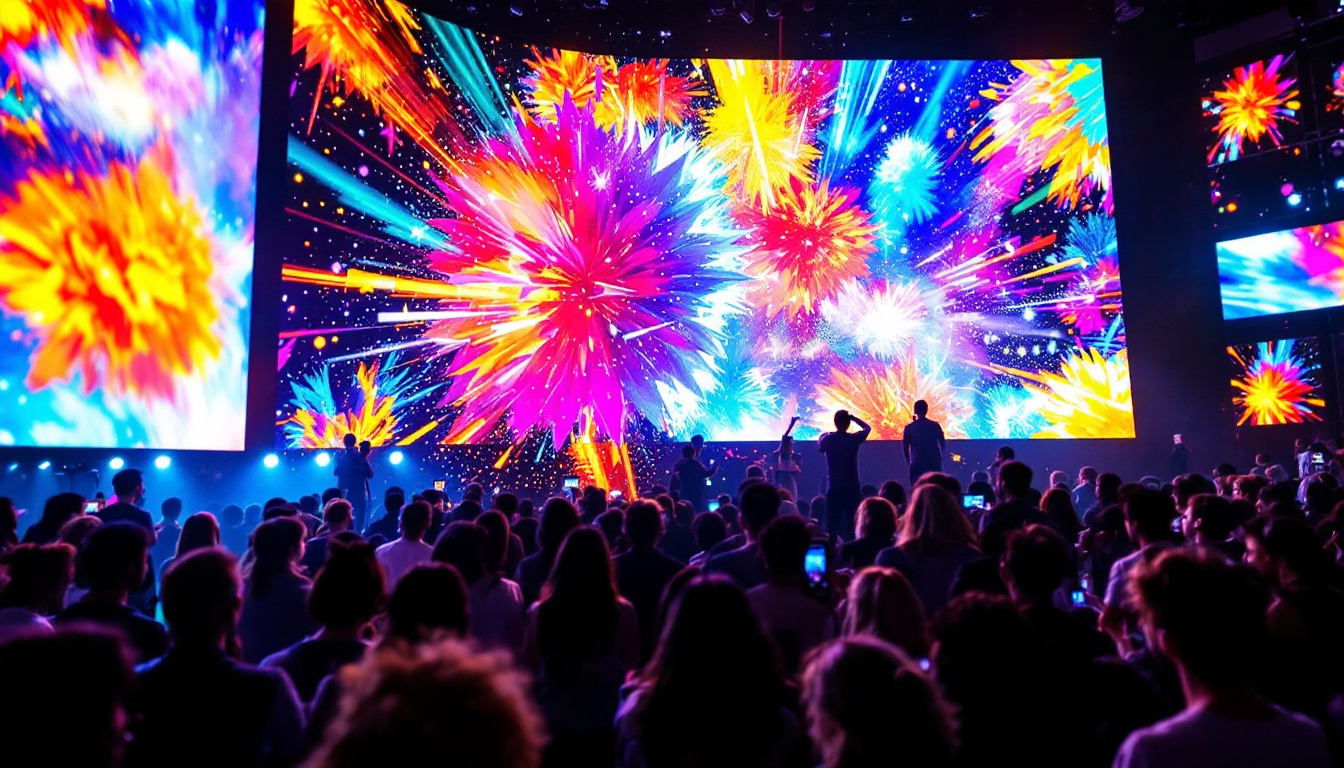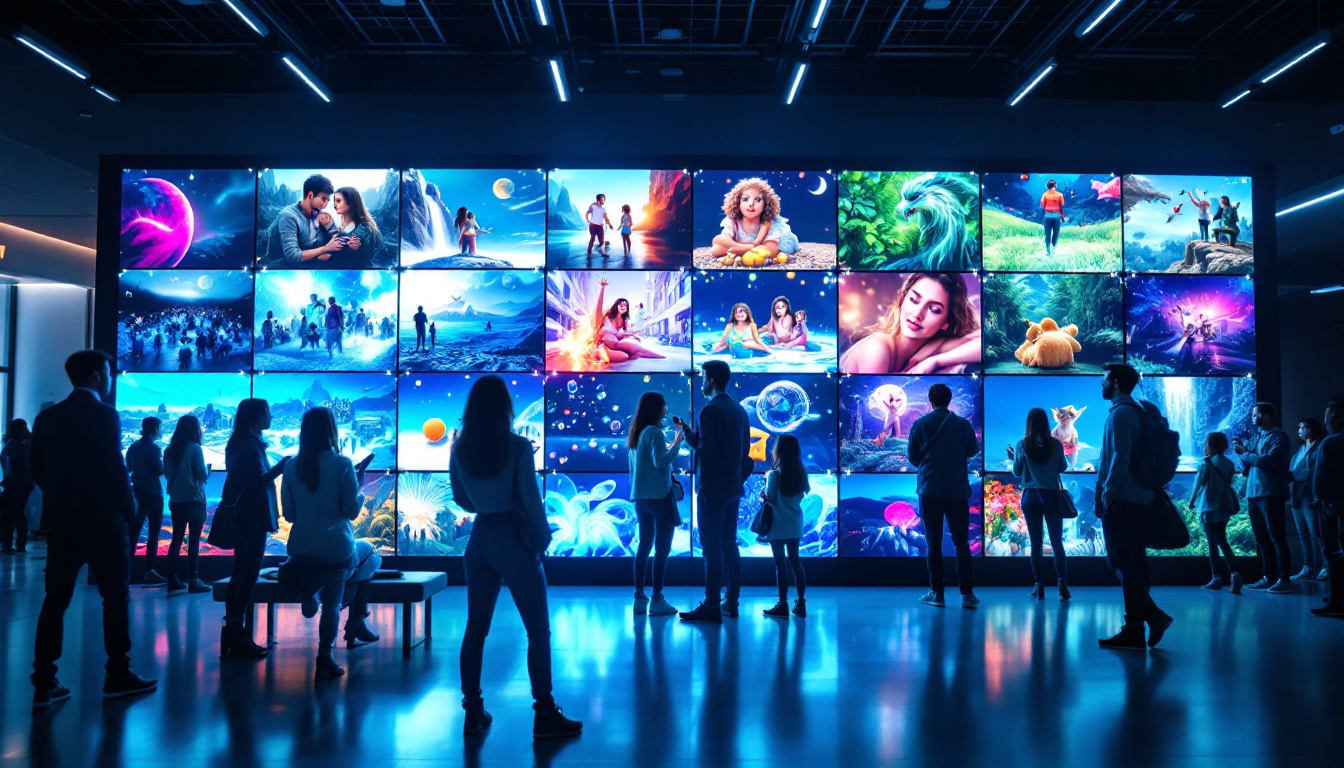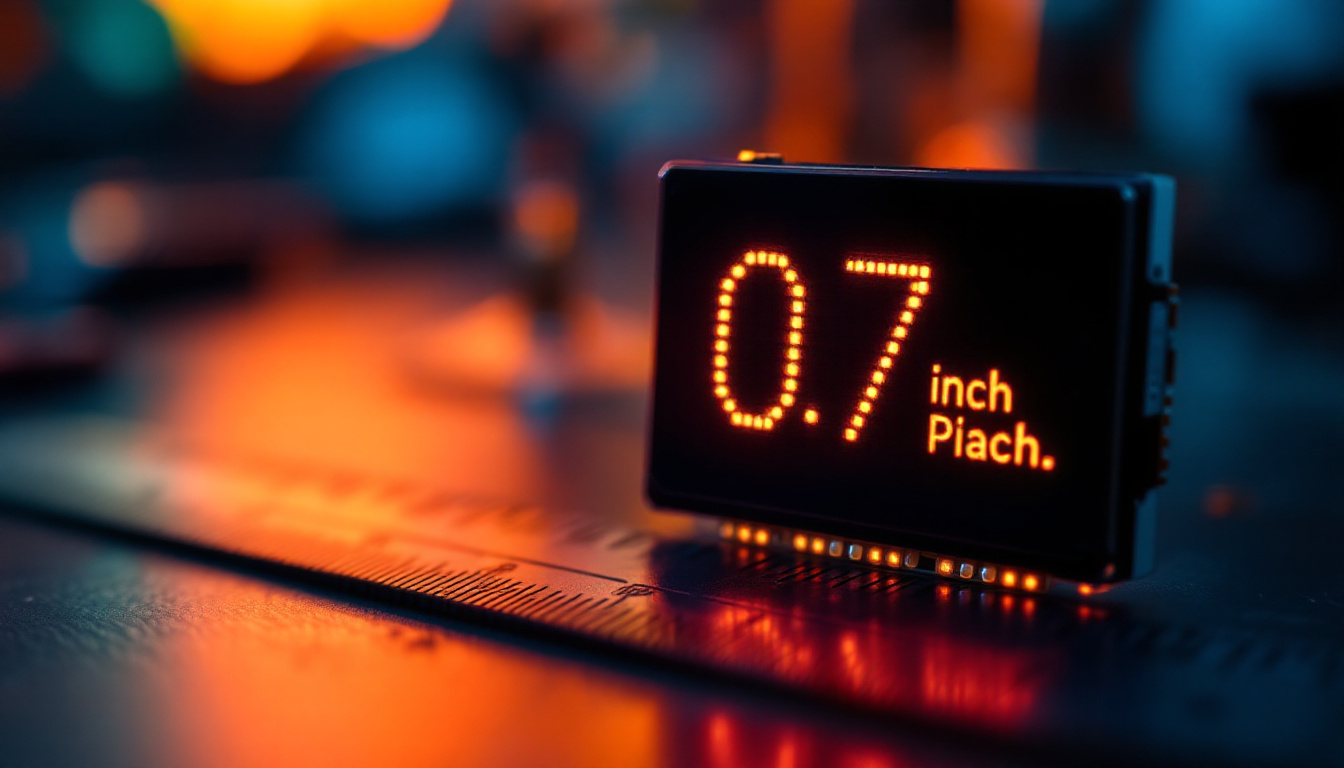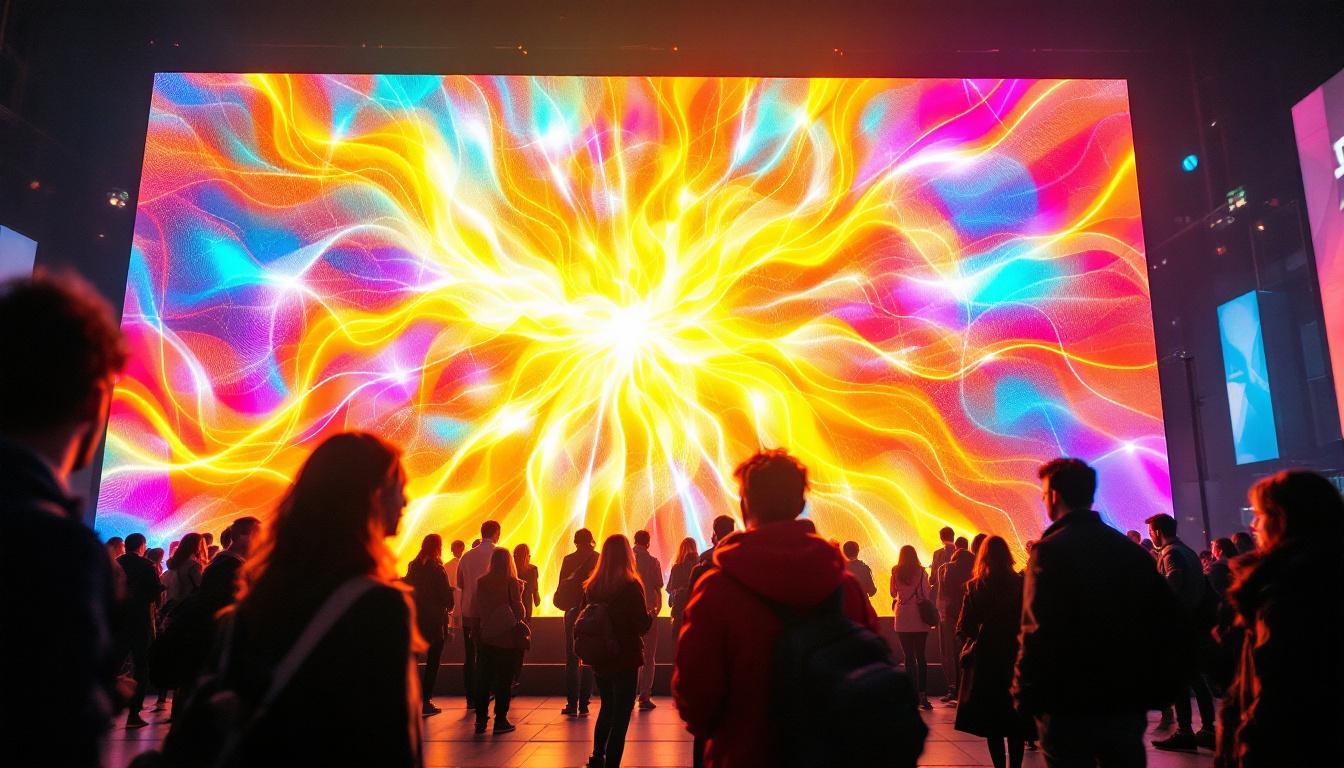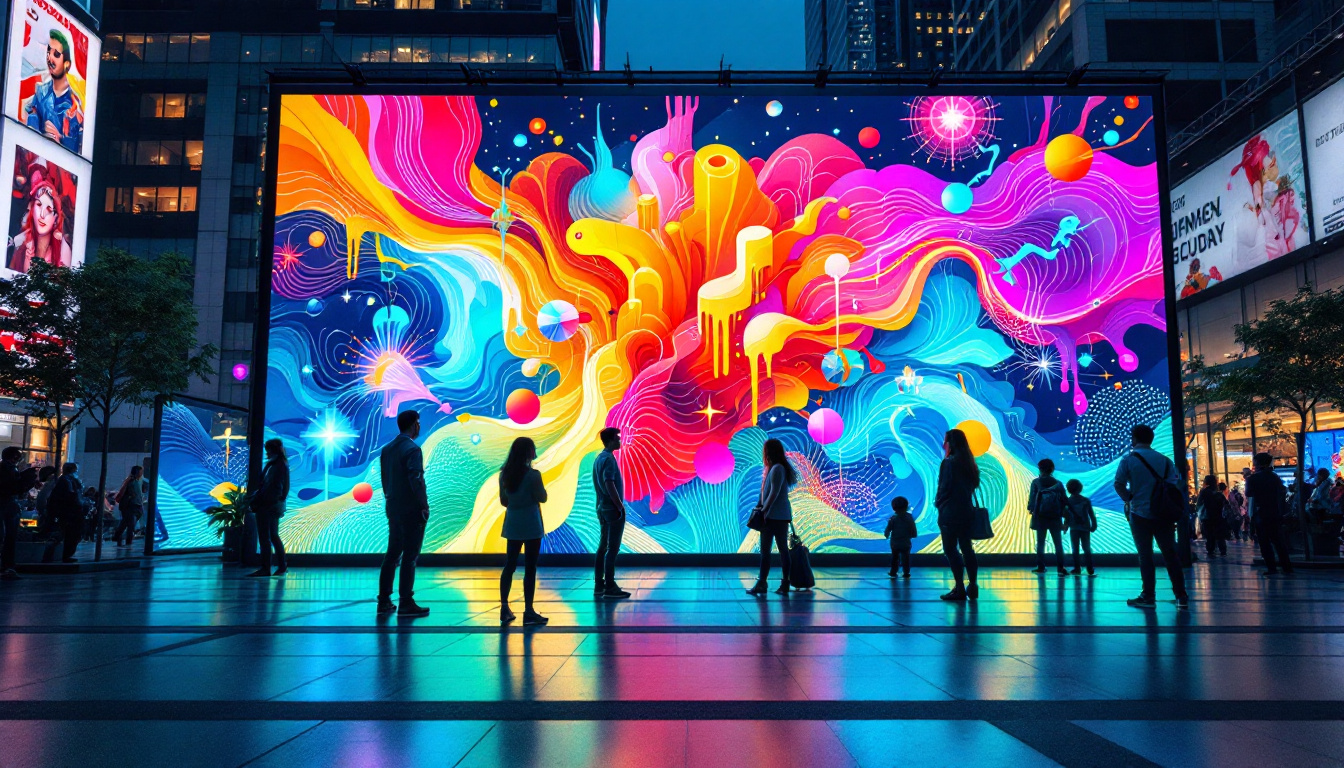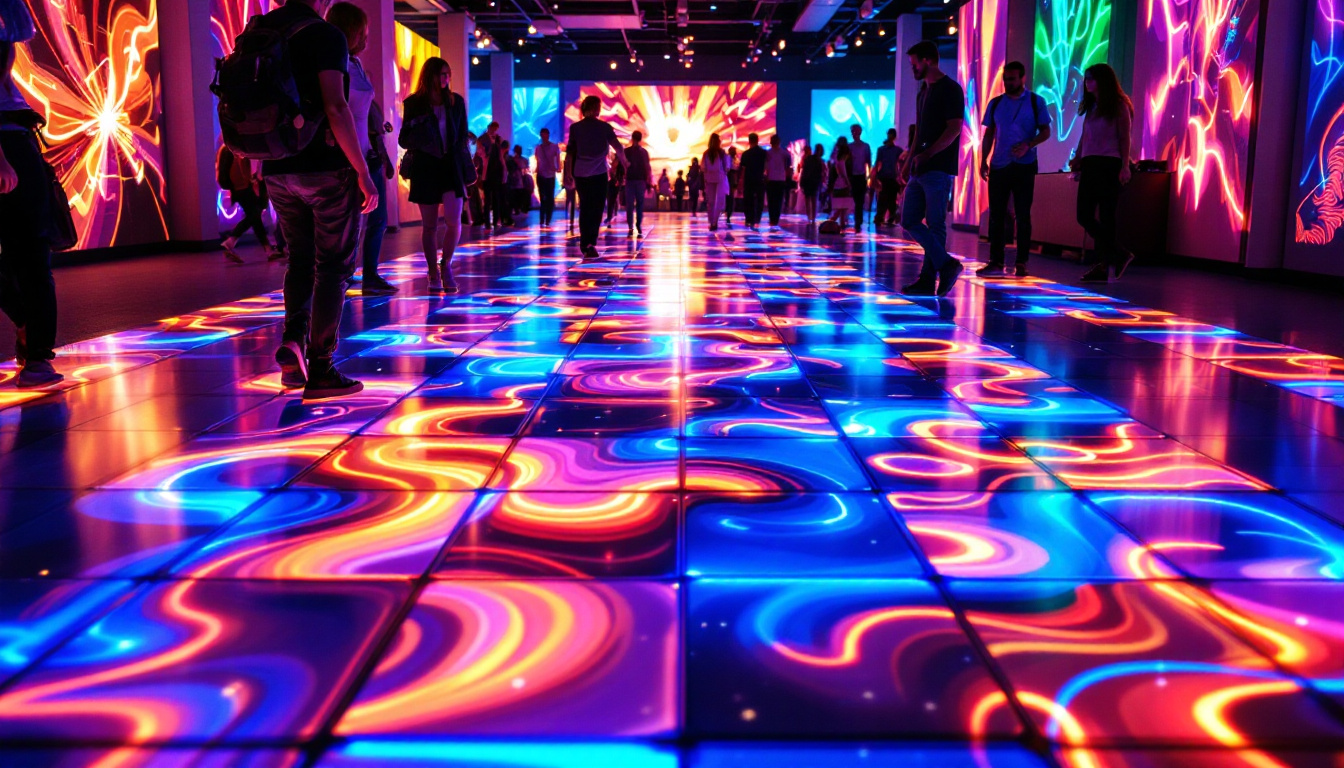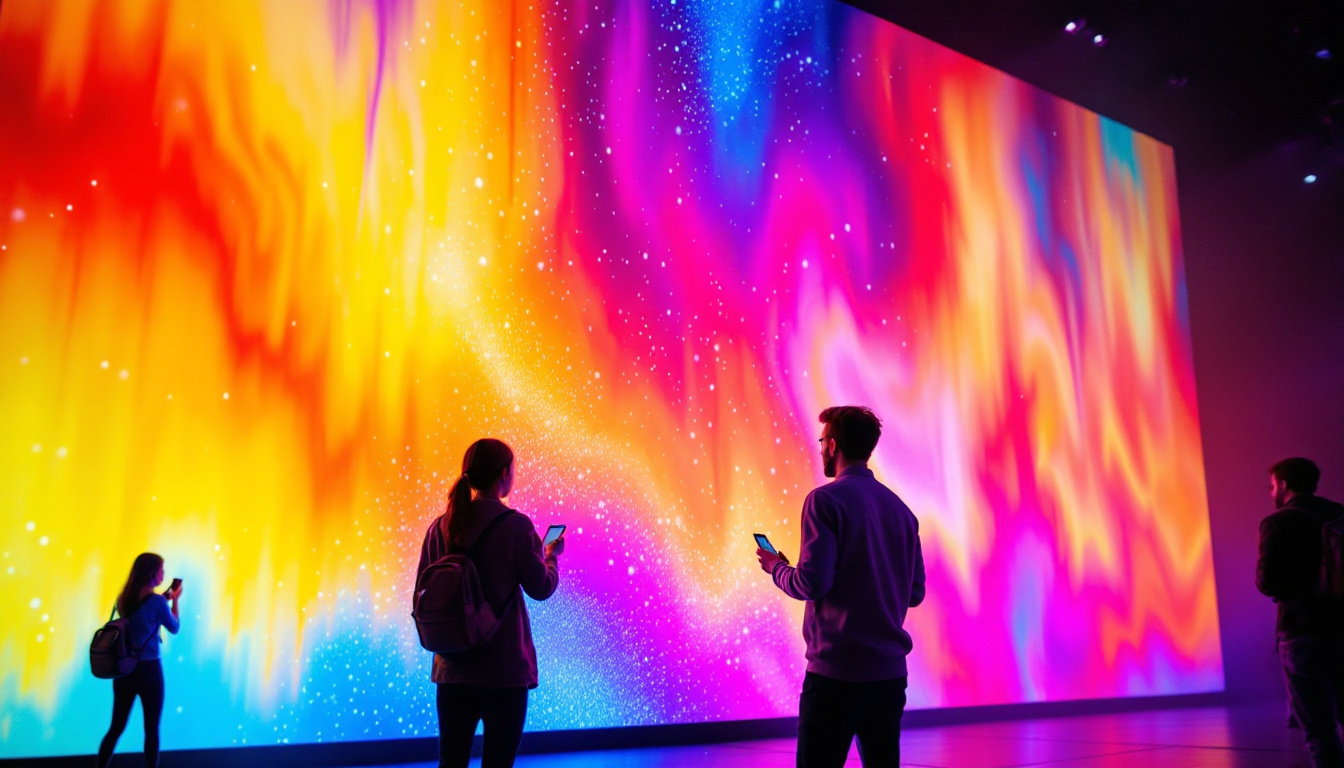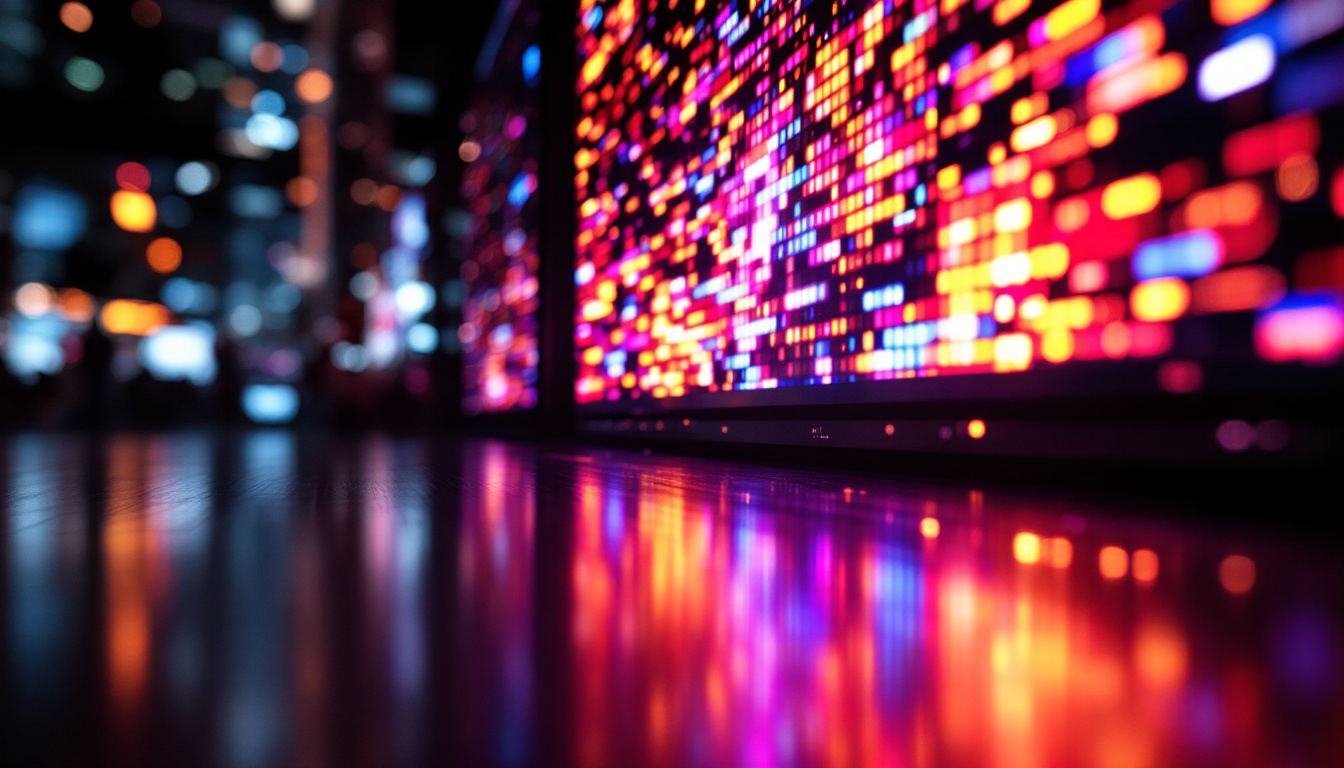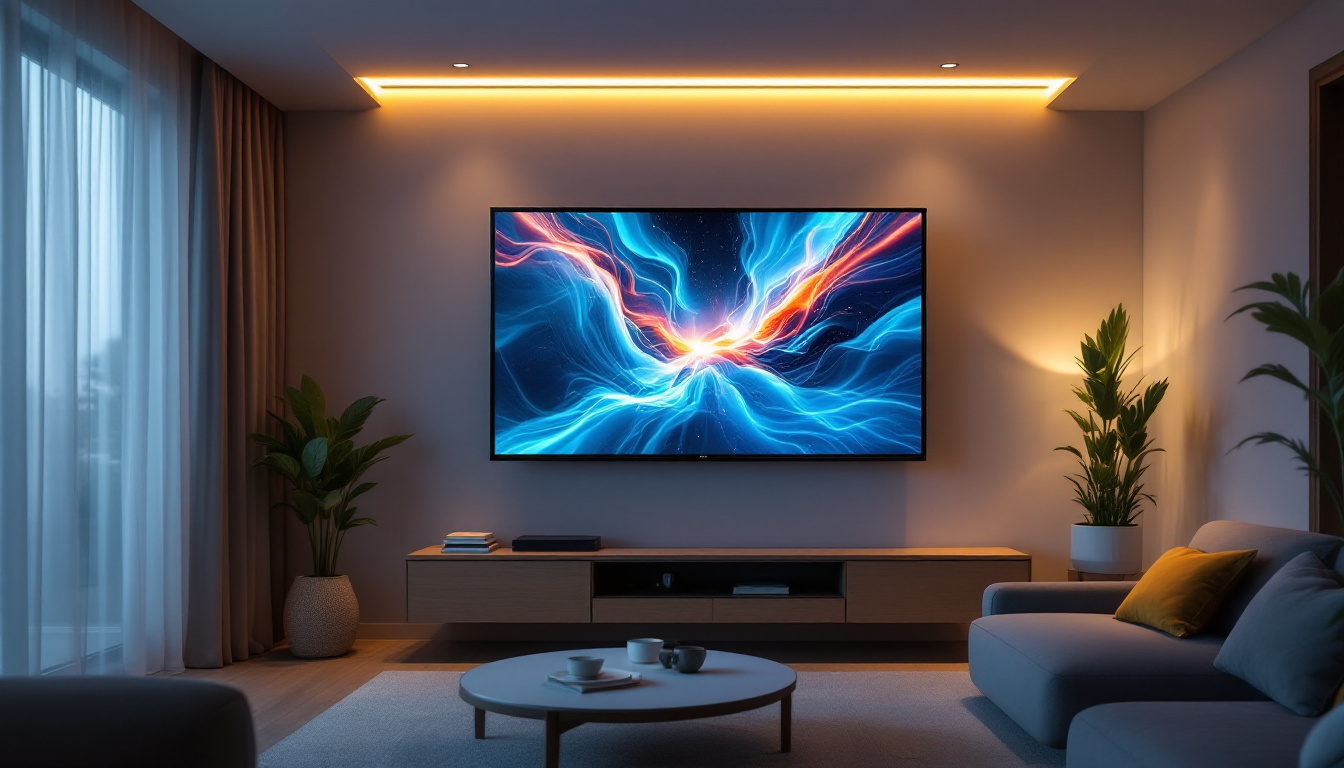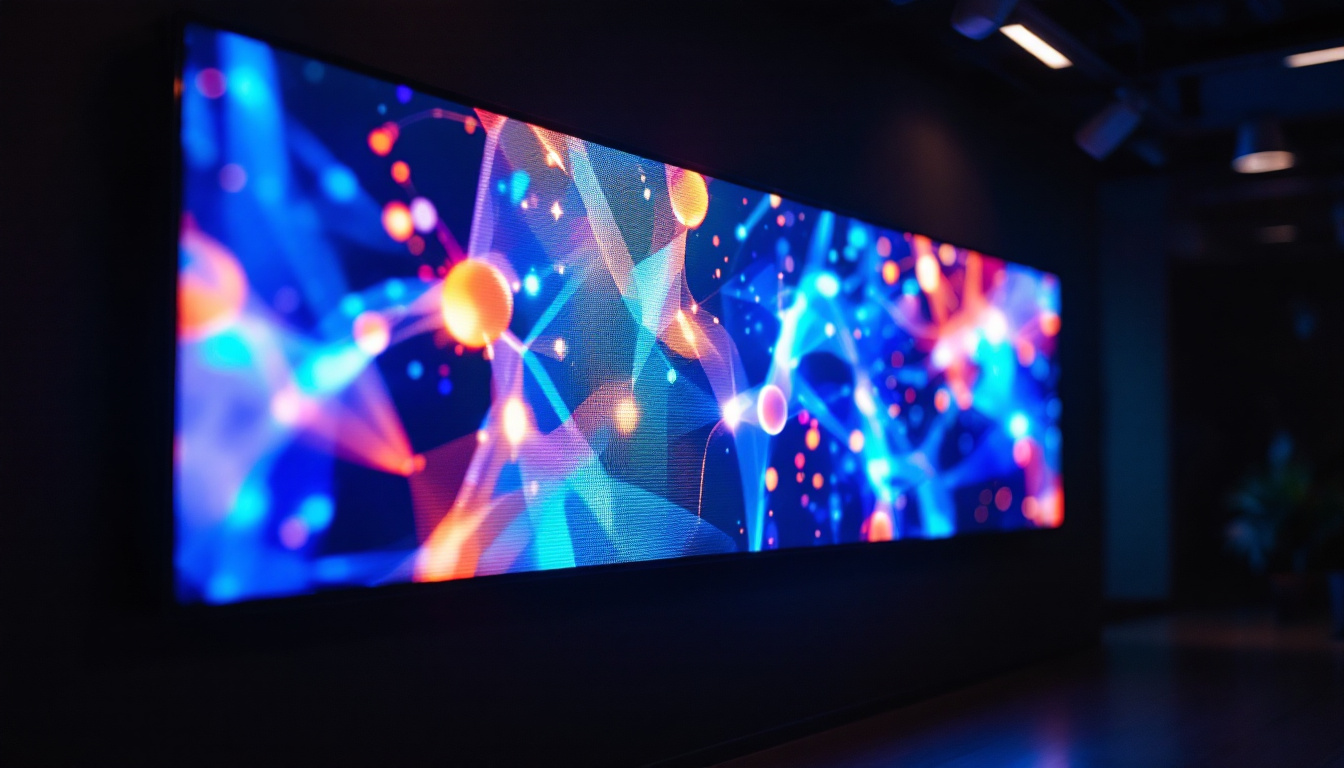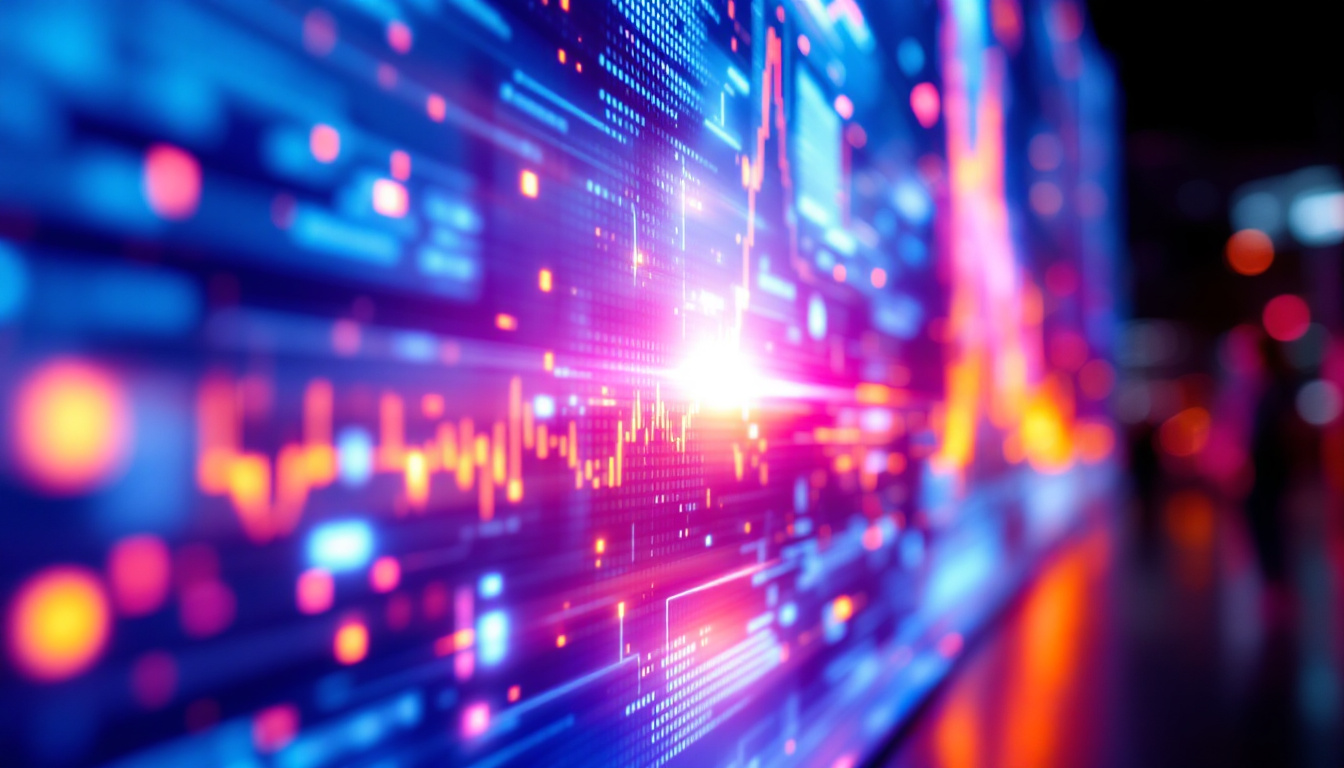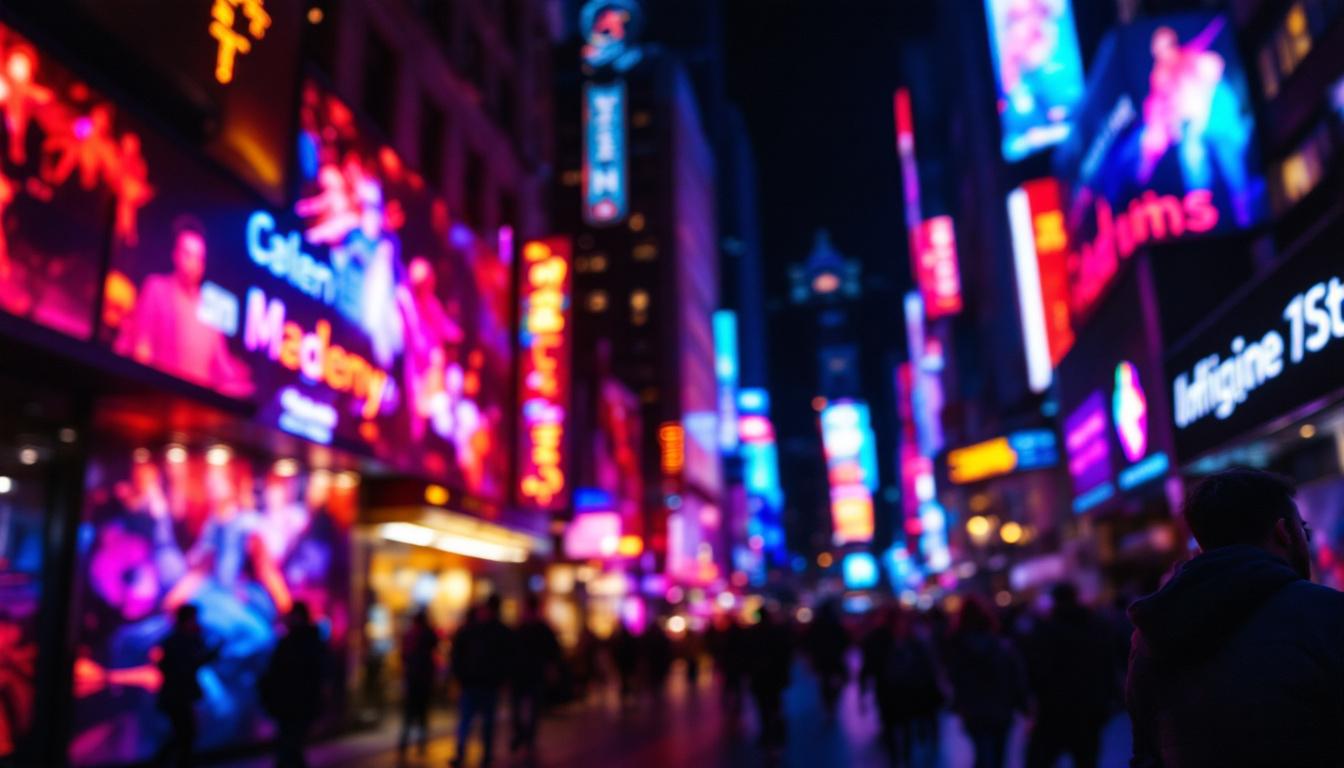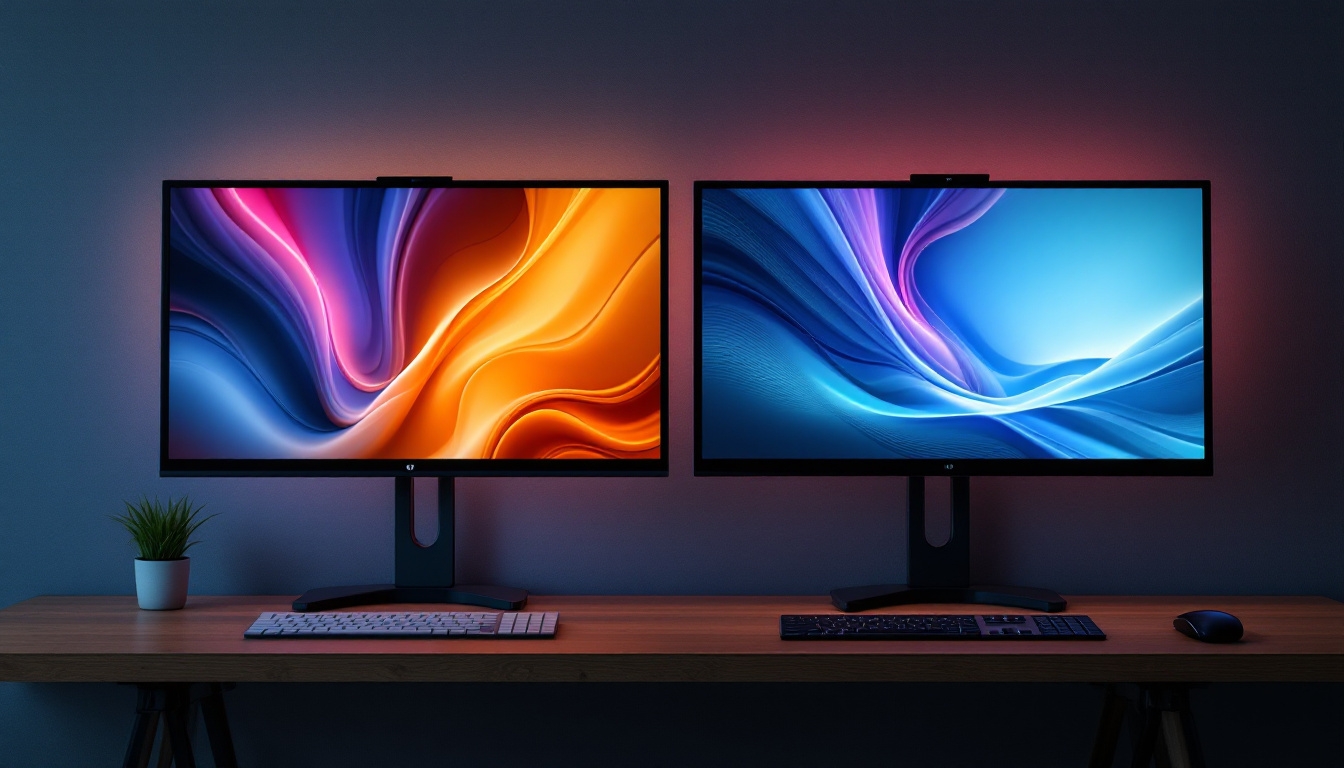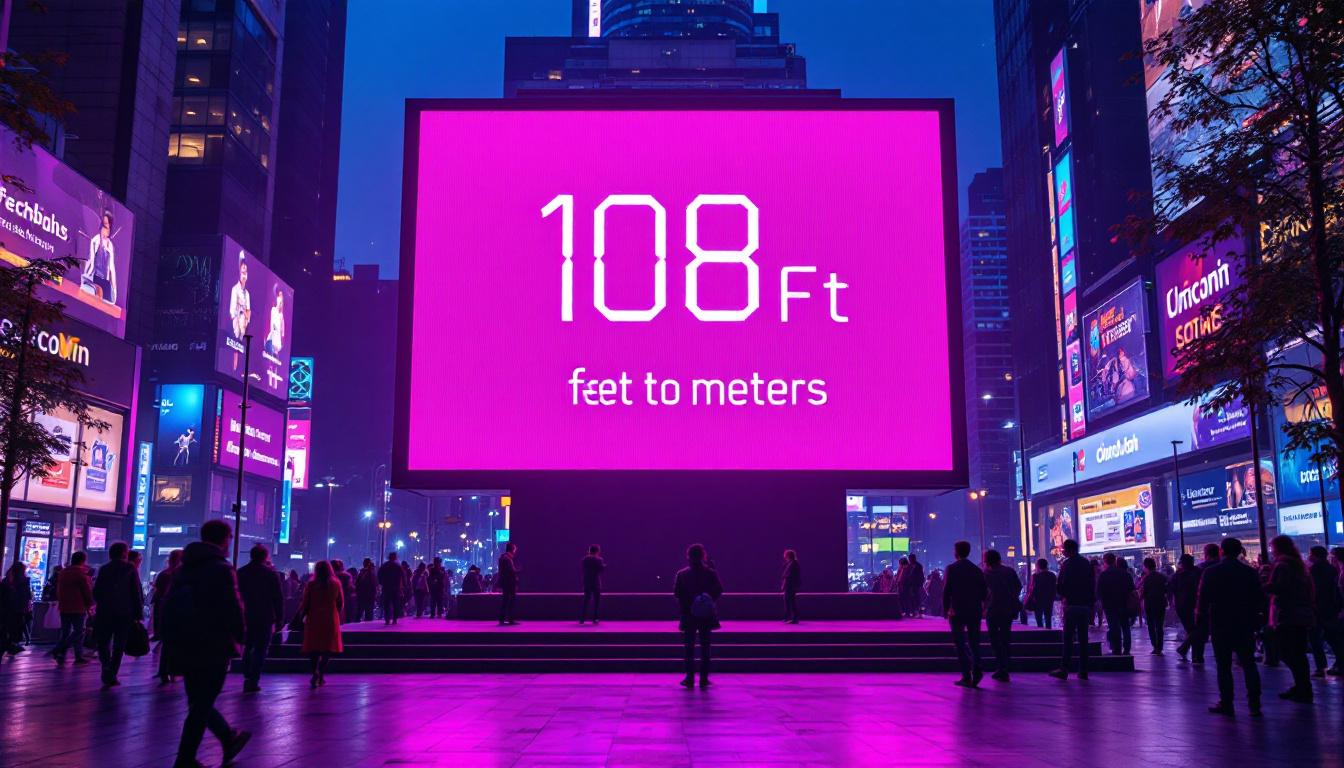In the ever-evolving world of technology, digital screen displays have become an integral part of modern communication and advertising. Among the various types of displays available, LED (Light Emitting Diode) displays stand out due to their versatility, efficiency, and vibrant visual quality. This article delves into the intricacies of LED displays, exploring their technology, applications, advantages, and future trends.
Understanding LED Technology
LED technology has revolutionized the way we perceive visual information. Unlike traditional display technologies, LEDs use semiconductor materials to emit light when an electric current passes through them. This fundamental difference is what gives LED displays their unique characteristics. The energy efficiency of LEDs also contributes to their popularity, as they consume significantly less power compared to older technologies like incandescent or fluorescent lighting. This efficiency not only reduces electricity costs but also minimizes environmental impact, making LEDs a sustainable choice for both consumers and businesses.
How LED Displays Work
At the core of an LED display are numerous tiny diodes that emit light in various colors. These diodes are arranged in a grid, forming pixels that can be controlled individually. When combined, these pixels create images and videos that are bright, clear, and dynamic. The ability to adjust the brightness and color of each pixel allows for a wide range of visual effects, making LED displays particularly appealing for advertising and entertainment. Additionally, advancements in technology have led to the development of high dynamic range (HDR) capabilities in LED displays, which enhance contrast and color accuracy, providing viewers with a more immersive experience.
LED displays can be categorized into two main types: direct-view and backlit. Direct-view LED displays consist of individual LEDs that form the entire image, while backlit displays use LEDs to illuminate an LCD panel from behind. Both types have their unique advantages, but direct-view LED displays are often favored for their superior brightness and color saturation. Moreover, the rapid response time of LEDs allows for smoother motion rendering, which is particularly beneficial for video content and fast-paced graphics, enhancing the overall viewing experience.
Different Types of LED Displays
LED displays come in various forms, each designed for specific applications. The most common types include:
- Indoor LED Displays: Typically used for events, concerts, and advertising in enclosed spaces, these displays offer high resolution and vibrant colors. Their ability to deliver sharp images even in well-lit environments makes them a popular choice for digital signage in shopping malls and airports.
- Outdoor LED Displays: Built to withstand harsh weather conditions, outdoor displays are larger and brighter, making them ideal for billboards and public signage. These displays often feature enhanced protective measures, such as weatherproof casings and anti-glare technology, ensuring that the content remains visible and engaging regardless of the time of day or weather conditions.
- Transparent LED Displays: These innovative displays allow for visibility through the screen, making them perfect for retail environments where product visibility is crucial. By blending digital content with physical products, transparent LED displays create a unique shopping experience that captivates consumers and enhances brand storytelling.
Applications of LED Displays
The versatility of LED displays has led to their adoption across a multitude of industries. From advertising to entertainment, the applications are vast and varied.
Advertising and Marketing
One of the most prominent uses of LED displays is in advertising. Businesses leverage the eye-catching nature of LED technology to attract customers. Digital billboards, for instance, can display dynamic content that changes throughout the day, ensuring that the message remains fresh and engaging.
Moreover, LED displays can be programmed to target specific demographics based on time of day or location, providing a tailored advertising experience that traditional static billboards simply cannot match. This level of customization enhances the effectiveness of marketing campaigns and maximizes return on investment.
Entertainment and Events
In the entertainment industry, LED displays play a crucial role in enhancing the audience experience. Concerts and festivals often feature large LED screens that display live footage of performances, ensuring that even those at the back can enjoy the show. These displays can also be used to create stunning visual effects, adding to the overall atmosphere of the event.
Sports arenas utilize LED displays for scoreboards and instant replays, providing fans with real-time information and enhancing their engagement with the game. The ability to display high-definition content in real-time is a game-changer for live events.
Corporate and Retail Environments
In corporate settings, LED displays are used for presentations, video conferencing, and digital signage. Their ability to display high-quality visuals makes them an excellent choice for conveying important information in a clear and engaging manner.
Retail environments also benefit from LED displays, which can showcase promotions, product information, and interactive content. This not only attracts customers but also enhances the shopping experience, making it more immersive and engaging.
Advantages of LED Displays
The popularity of LED displays can be attributed to their numerous advantages over traditional display technologies. Understanding these benefits can provide insights into why they are becoming the preferred choice for many applications.
Energy Efficiency
One of the most significant advantages of LED displays is their energy efficiency. Compared to traditional incandescent or fluorescent displays, LEDs consume significantly less power. This not only reduces operational costs but also minimizes the environmental impact, making LED displays a more sustainable choice.
Furthermore, the longevity of LED technology means that these displays have a longer lifespan, reducing the need for frequent replacements. This durability contributes to lower maintenance costs and less electronic waste, aligning with global sustainability goals.
Brightness and Visibility
LED displays are known for their exceptional brightness, making them suitable for both indoor and outdoor applications. The high luminosity ensures that content remains visible even in direct sunlight, a crucial factor for outdoor advertising.
The ability to adjust brightness levels also allows for optimal viewing experiences in various lighting conditions. This adaptability is essential for environments where lighting can change rapidly, ensuring that the display remains effective at all times.
High Resolution and Color Quality
LED technology allows for high-resolution displays that produce sharp, vibrant images. The color accuracy and saturation of LED displays are unmatched, making them ideal for applications that require precise visual representation.
Additionally, advancements in LED technology have led to the development of displays with higher pixel densities. This means that even at close viewing distances, images remain clear and detailed, enhancing the overall viewing experience.
Challenges and Considerations
While LED displays offer numerous advantages, it is essential to consider the challenges associated with their implementation. Understanding these challenges can help businesses make informed decisions when investing in LED technology.
Initial Costs
Despite their long-term cost savings, the initial investment for LED displays can be relatively high. This upfront cost may deter some businesses from adopting this technology, particularly smaller enterprises with limited budgets.
However, it is crucial to view the investment as a long-term strategy. The energy savings, reduced maintenance costs, and increased customer engagement can offset the initial expenditure over time, making LED displays a financially sound choice in the long run.
Technical Expertise
Implementing LED displays may require specialized technical knowledge. From installation to programming and maintenance, having the right expertise is essential to ensure optimal performance.
Businesses may need to invest in training or hire professionals with experience in LED technology. This requirement can add to the overall cost and complexity of the project, but it is a necessary step to maximize the benefits of the display.
Environmental Impact
While LED displays are more energy-efficient than traditional technologies, they still have an environmental impact. The production and disposal of electronic components can contribute to electronic waste, which poses a significant challenge for sustainability.
To mitigate this impact, it is essential for businesses to consider responsible disposal methods and recycling programs. Many manufacturers are now focusing on creating eco-friendly products, which can help reduce the overall environmental footprint of LED displays.
The Future of LED Displays
The future of LED displays looks promising, with ongoing advancements in technology and design. As industries continue to embrace digital transformation, LED displays are likely to play an even more significant role in shaping communication and advertising strategies.
Innovations in Display Technology
Emerging technologies, such as MicroLED and OLED, are set to redefine the capabilities of LED displays. MicroLED technology, for instance, offers even smaller pixels and improved color accuracy, paving the way for ultra-high-definition displays that can be seamlessly integrated into various environments.
Additionally, advancements in flexible and transparent displays are opening up new possibilities for creative applications. Businesses can now explore innovative ways to incorporate LED technology into their branding and advertising strategies, enhancing customer engagement and experience.
Integration with Smart Technology
The integration of LED displays with smart technology is another trend that is gaining traction. With the rise of the Internet of Things (IoT), LED displays can now be connected to various devices and platforms, enabling real-time data sharing and dynamic content updates.
This connectivity allows businesses to tailor their messaging based on real-time analytics, ensuring that their displays remain relevant and engaging. Furthermore, smart LED displays can be programmed to adapt to environmental changes, enhancing their effectiveness in various settings.
Conclusion
LED displays have transformed the landscape of digital communication and advertising, offering numerous advantages that make them a preferred choice across various industries. Their energy efficiency, brightness, and versatility are just a few reasons why businesses are increasingly adopting this technology.
While challenges exist, the long-term benefits of LED displays far outweigh the initial costs and technical complexities. As technology continues to evolve, the future of LED displays promises even more exciting innovations that will further enhance their capabilities and applications.
In an age where visual communication is paramount, understanding the nuances of LED displays is essential for businesses looking to stay ahead in a competitive market. Embracing this technology not only enhances brand visibility but also contributes to a more engaging and immersive experience for customers.
Discover LumenMatrix LED Display Solutions
Ready to elevate your visual communication strategy with the latest in LED display technology? LumenMatrix is at the forefront of innovation, offering a diverse range of LED display solutions tailored to your unique needs. From captivating Indoor LED Wall Displays to dynamic Outdoor LED Wall Displays, and from versatile Vehicle LED Displays to engaging LED Sports Displays, our mission is to revolutionize your brand’s presence. Experience the transformative power of our LED Poster Displays, Floor LED Displays, Custom LED Displays, All-in-One LED Displays, and LED Transparent Displays. Don’t just share your message—make it resonate with clarity and impact. Check out LumenMatrix LED Display Solutions today and start creating unforgettable visual experiences.

